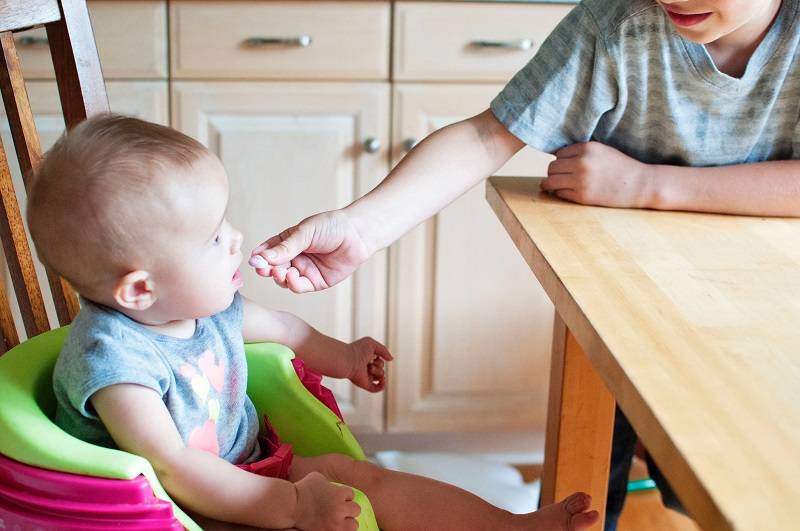get started
Thank you for reading this guide. The main goal is to help you keep your child safe and healthy. We use our own knowledge and information from reliable sources to discuss important home safety tips in this article. Creating a safe space requires careful planning, and we are here to help you every step of the way.
Make your home safe for your children
Why child protection is important
Creating a safe place for children means looking for potential dangers and taking steps to address them. Child safety isn’t just about keeping sharp objects out of reach; it’s about ensuring safety in every aspect.
Keep cabinets and drawers safe
Install child locks on cabinets and drawers to prevent curious hands from reaching dangerous objects. The process is simple because locks and latches are made for different types of furniture.
Safety of electrical outlets
Plugs are very dangerous for children. Use plug covers to prevent people from being accidentally electrocuted. Taking simple and inexpensive steps to keep your children safe in stores can make a big difference.
Important safety tips for your children at home
Provide a safe place to sleep
Your child’s growth depends on getting enough sleep every night. Make sure babies sleep safely by placing them on their backs and away from open blankets. Safe sleeping can reduce the risk of sudden infant death syndrome (SIDS).
Watch what happens in the water
Accidents involving water can cause more harm to children than any other type of accident. Even if it is just a small plastic pool in the garden, you should always supervise children in the water. Water safety is an important part of child safety.
Be prepared for emergencies
Make an emergency plan
Prepare for the unexpected by having a solid backup plan in place. As part of your emergency preparedness, you should discuss with your children escape routes, meeting points, and the importance of staying calm during an emergency.
What you need in your first aid kit
Every home should have a well-stocked first aid kit. If you get a cut or bruise, with some basic knowledge you can get immediate care. Learn the basic first aid steps you can use to treat common childhood accidents.
FAQ: Important safety tips for your children at home
How often should I change my child’s emergency contact information?
Keep your child’s emergency contact information up to date, especially if the phone number or address changes. It ensures that someone can contact you quickly in the event of an emergency.
Should I anchor furniture in my child’s room?
Yes, securing furniture is important to prevent it from falling over. Use furniture clamps to hold large items such as tables and bookshelves in place and reduce the chance of injury.
How old do children need to be before they learn how to stay safe in a fire?
Fire safety training starts with children from the age of three. Focus on the importance of staying away from matches and lighters and keeping things simple.
Will my baby need a baby gate when I grow up?
Yes, toddlers and older children can use baby gates to prevent them from falling down stairs or into dangerous places. Choose a door that is sturdy and appropriate for your child’s age.
How can I involve my children in emergency preparedness?
Involve your children in developing an emergency plan. Discussing and practicing the plan together will help them feel more confident and less stressed during an emergency.
What should be in a first aid kit for children?
Band-aids, cleaning wipes, child-safe pain relievers, and any other medications your child may need should be kept in a child-resistant first aid kit. Check the kit regularly and replenish it if necessary.
In summary
To keep your children safe at home, you need to take precautions, keep an eye on them and be prepared for any eventuality. By following the important safety tips in this guide, you can make your home a safe place for your children to grow and learn.



